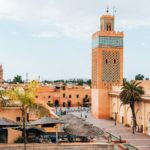Padua is a city in Italy’s Veneto region. It is only an hour away from Venice, so tourists normally venture to Padua for a day trip, however there is so much more to explore here. It is one of Italy’s most charming cities, in which you will discover centuries-old traditions and medieval and renaissance architecture. Padua is both a living religious monument and centre of revolutionary scientific learning. It is home to Italy’s second-oldest university.
Get the most of this amazing city with these 17 things to do …
MUST-DO
Basilica di Sant’Antonio
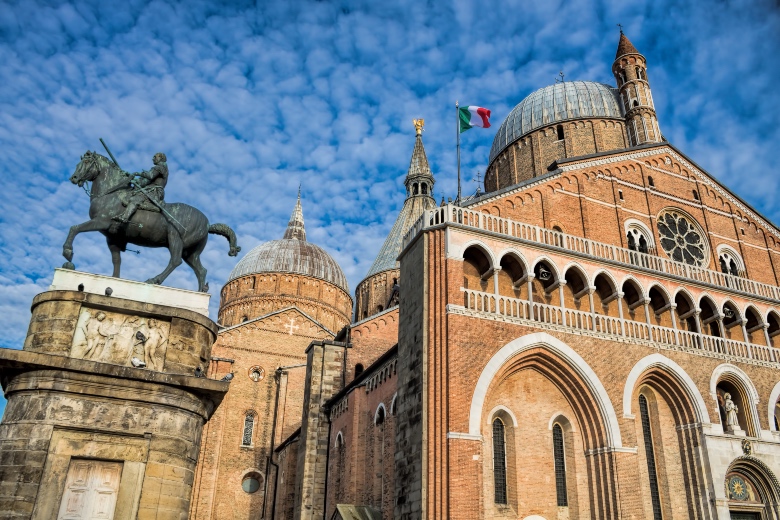
Basilica di Sant’Antonio is certainly the highlight of Padua. The church which was created between 1232 and 1310 is known for being devoted to St. Anthony. It is Padua’s most important religious sight and sees thousands of visitors yearly. There is no precise architectural style, instead the Church features an amalgamation of different architectural styles due to its . The exterior and interior of Basilica di Sant’Antonio is exquisite. Outside, there are 8 different domes which stand out above a series of delightful towers. The interior is stunning too with marble structures, frescoes and gold covering every wall. You will not be disappointed on your visit to Basilica di Sant’Antonio.
There is a daily 10.00 am mass held in the Basilica, so make sure to get there on time if you want to attend it!
Musei Civici
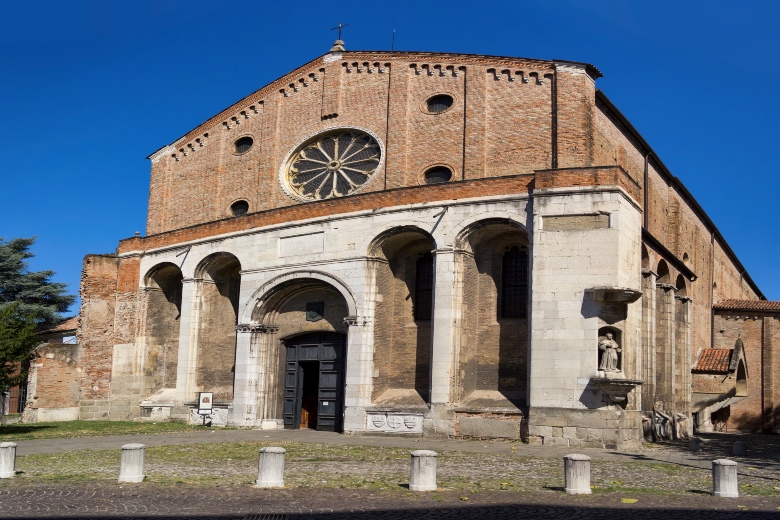
Musei Civici holds a collection of one of the finest examples of Venetian art between the 12th and 19th centuries. Musei Civic is a complex of museums and historic sites centrally located in the Piazza Eremitani. This can be found at the edge of the historic center of Padua. It contains the City Museums, the Archaeological Museum and the Museum of Medieval and Modern Art. There are works by Lorenzo Veneziano, Francesco Squarcione, Jacopo Bellini, Lorenzo Costa, Girolamo Romano and many more.At the Musei Civici, you will also find historical artefacts from various eras.
Tip: The Musei Civici is located close to Scrovegni Chapel, so try and visit both on the same day!
Piazza dei Signori
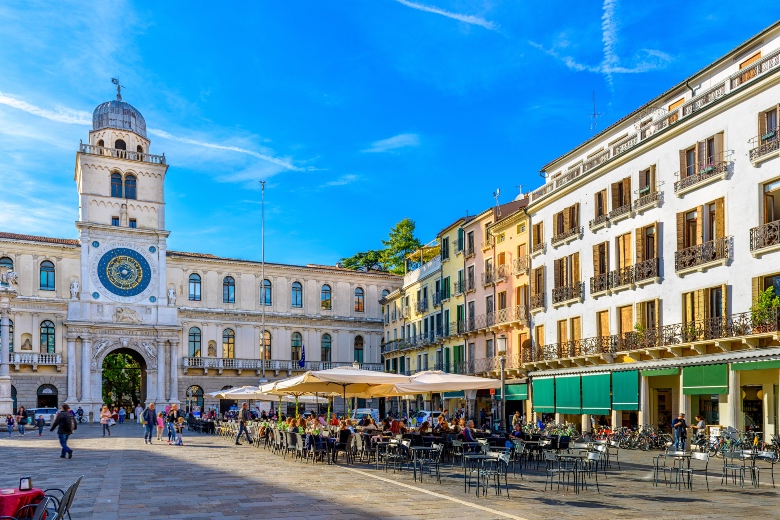
Piazza dei Signori is one of the main squares in the historic region of Padua. It was created in the 14th century and was built around the famous clock tower. The Torre dell’Orologio is one of the most original buildings of the venetian architecture. It has references to the zodiac throughout its design however one specific sign is missing as it is based on the pre-Roman system. The square itself is the place where the “lords” (signori) held festivals, like the carnival, celebrating the identity and union of the city. At the square you will also find regular markets and events so go and experience some authentic Italian culture.
Padua Duomo
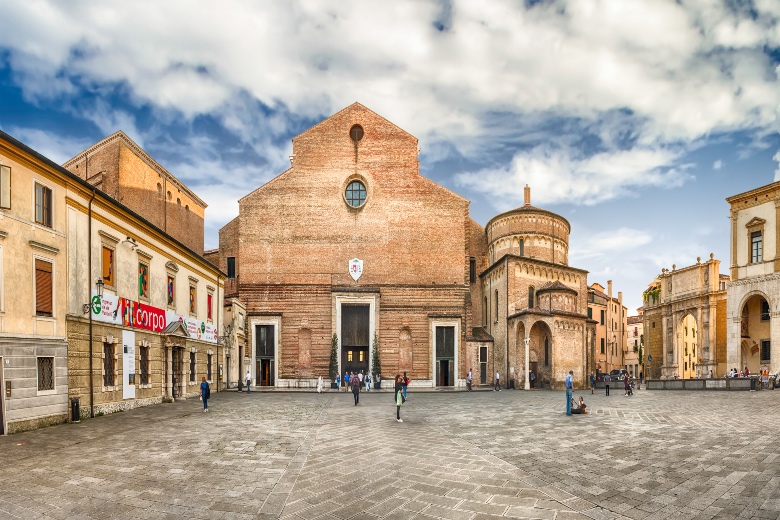
Padua Duomo is the main chisea of Padua. The Cathedral was created originally in the fourth century, but the building was later destroyed by an earthquake in 1117. Michelangelo was then commissioned on the rebuild of the spectacular cathedral. The construction works lasted until 1754, but the facade still remains unfinished to this day. Located in the Piazza Duomo square, the cathedral is dedicated to the Assumption of the Virgin Mary. The simple Romanesque facade may look insignificant from i’s exterior however its historical value is understated.
There is also much artistic value at the Padua Duomo also as a detailed fresco painted by Giusto de Menabuoi covers the whole walls and ceilings.
Prato della Valle
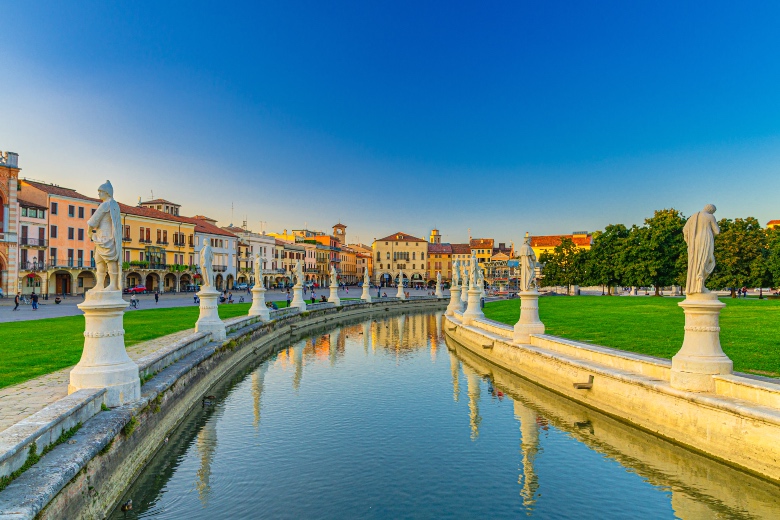
Prato della Valle is the largest in Italy and one of the largest in Europe. It stands at 90,000 square meters and is one of the most important areas of Padua. It is characterized by a central elliptical island, called Memmia island which is about 20, 000 metres squared. Imagine the square is so big that at its centre there is an island! Around the island runs an elliptical water canal. The square has served many purposes ince being created, it has seen military parades, performances, horse races and city-wide celebrations. Go to Prata della Valle and attend the market, a seasonal fair or even catch an event.
Admire the design of the square and marvel at the “beating heart” of Padua.
Cappella degli Scrovegni
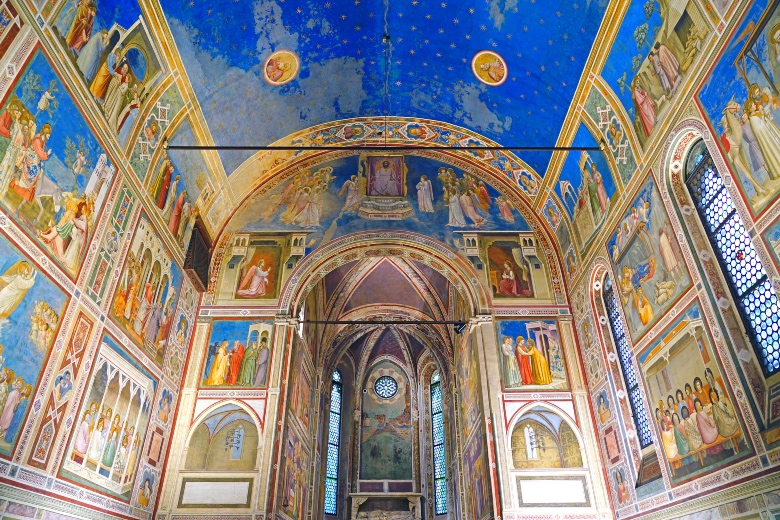
Cappella degli Scrovegni is one of Italy’s most priceless art treasures. Built from 1303 to 1305, the chapel has much historic value. It is located in the pleasant Giardini dell’Arena, and although the chapel from the outside is really quite understated, the inside is just splendid. Inside the chapel, you will find that all of the walls are entirely covered with frescoes painted by Giotto from 1303 to 1306. They tell the story of Christ from Annunciation to Ascension and also explore the vices and virtues of man. In order to preserve the beautiful art, public access is limited and timed to control the frescoes’ carbon dioxide exposure.
Note: Visits to the Cappella degli Scrovegni must be pre-booked so make sure you do so.
OTHER GREAT THINGS TO DO
Via Umberto I and Via Roma

Via Umberto I is one of the most elegant streets in the city of Padua. On this street, you will find historic buildings, arcades, shops and even bars. You can explore the street and go shopping, have a drink or just walk around and see the new sights of Padua. Via Roma and Via Umberto I are both streets to look out for. On Via Roma, you will find the great church of Santa Maria dei Servi, which was built in the 14th century. Both streets are very narrow and always busy and full of tourists.
Take a stroll to either Via Umberto I or Via Roma to feel Padua’s authentic atmosphere.
Orto Botanico
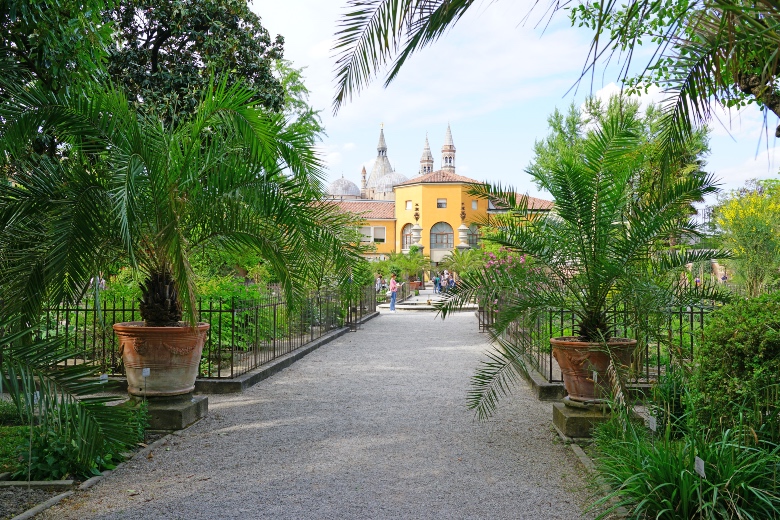
Padua’s orto botanico is the world’s oldest existing academic botanical garden and the original of all the world’s botanical gardens. Created in 1545, it is a resource for scholars, and also a place where the public can learn more about plants. The botanical garden originally served as a learning centre for university students. If you are a lover of plants, or you just desire to be filled with the midst of greenery, orto botanico is the place for you. Most of its original design still remains so come and explore the gardens which are representative of the birth of botanical science.
Make sure you check out the greenhouses and try to count how many contain a different plant species you are able to identify.
Ponte Molino
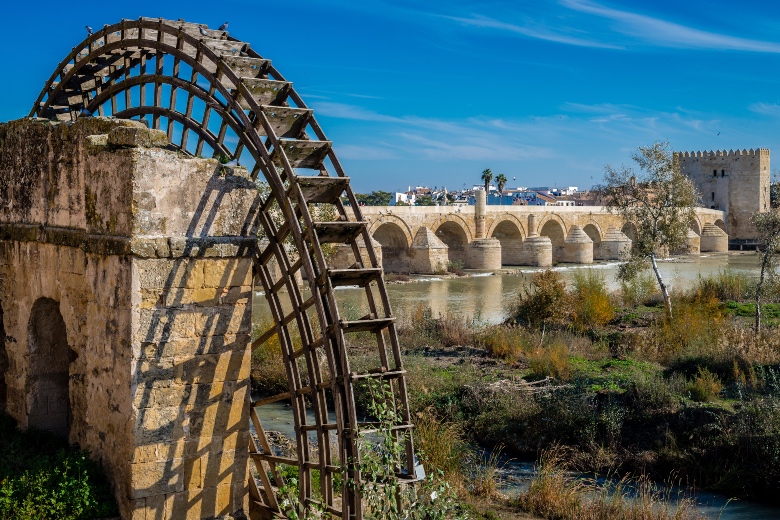
Ponte Molino is a pleasant bridge in Padua. The Roman bridge lies across the Bacchiglione and was built in the 13th century as part of the city’s fortifications. The segmental arch bridge has five arches and is nearly 26 m in height. Together with Pontecorvo, the Molino Bridge is the only Roman bridge that is still in service. The door of Molino Bridge has an ogival arch surmounted by a majestic tower. View the bridge and take in the underrated picturesque sights.
Although the bridge is small compared to others in Padua, it is still one to see. Make your way to it and explore a side of Padua that not many people care to see.
Caffe Pedrocchi
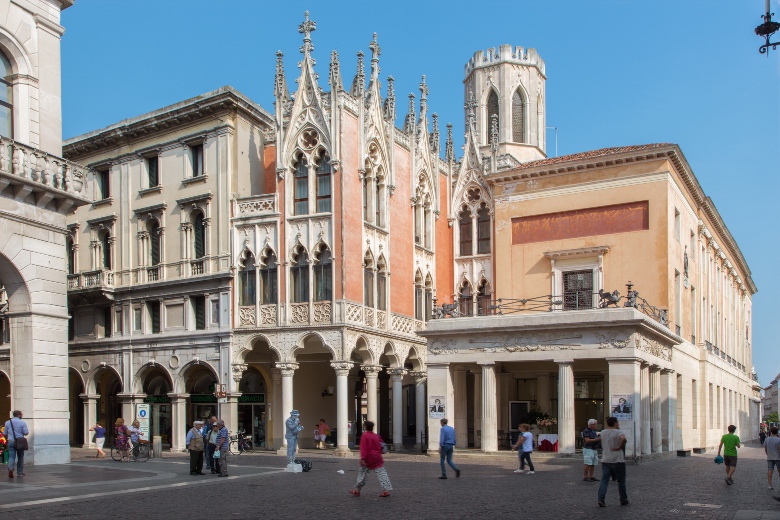
Caffe Pedrochhi is another icon of Padua, and is much more than just a coffee shop. It is known as the “open door café” because it remained open day and night from 1831 to 1916. It is in close proximity to the Piazza dei Signori and Ragione Palace, so it is very central to get to. The cafe is excellent value for money as it offers an extensive drinks list which includes a selection of wines, spirits, coffee and soft drinks. drinks are normally always accompanied by a large platter of snacks and appetizers, so you will surely leave Caffe Pedrochhi full. Many people love this cafe also as it allows owners to bring their beloved best friends (dogs).
Rest, read or engage in meaningless conversation, Caffe Pedrochhi should definitely be on your must-visit list!
Jewish Ghetto
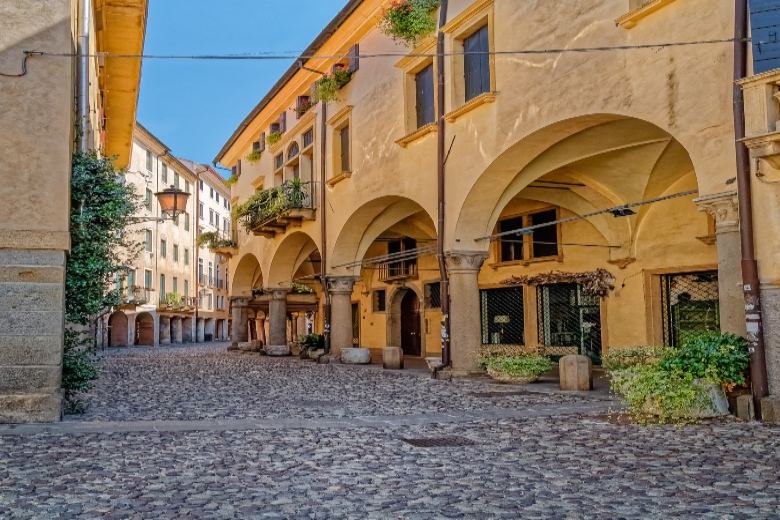
The Jewish presence in Padua has been around since the 13th century. Admire the narrow cobbled streets and the covered walkways which make up the Jewish Ghetto. There are also many small boutiques and lovely eateries to choose from to get some authentic Italian cuisine. Whilst in the Jewish ghetto it is recommended that you visit the Jewish Heritage Museum. This is the best way to learn about the role that Jewish citizens played in the history of Padua.
Note: if you are planning to visit the museum, make sure you check the opening times as they vary greatly depending on the day and the month.
Brenta Canal
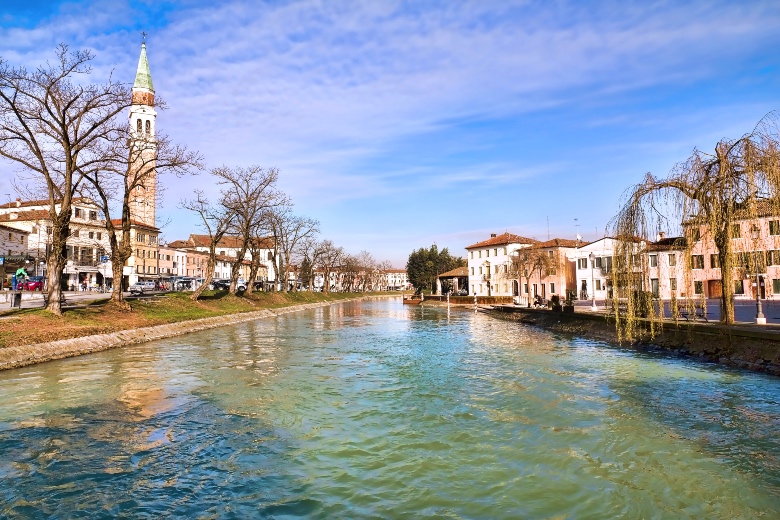
Brenta Canal was created in the 15th century, and it stretches for many miles between Chioggia on the coast, to Padua where it turns back into the Brenta River. The Riviera del Brenta offers one of the most beautiful landscapes, you will witness harmonious beauty with the blend of nature and enchanting architecture around you. The waters of the canal are extremely fascinating as they are a blue-green colour bursting with oxygenated water which pours down from the Alps.
You can enjoy a cycle ride down the road and are even able to book a guided tour down the canal. You may also choose to cruise down the Brenta canal on the excursion boat, Il Burchiello. It makes daily trips and stops at several places along the way. You will see many villas, which were designed or inspired by the architect Andrea Palladio.
Palazzo Bo
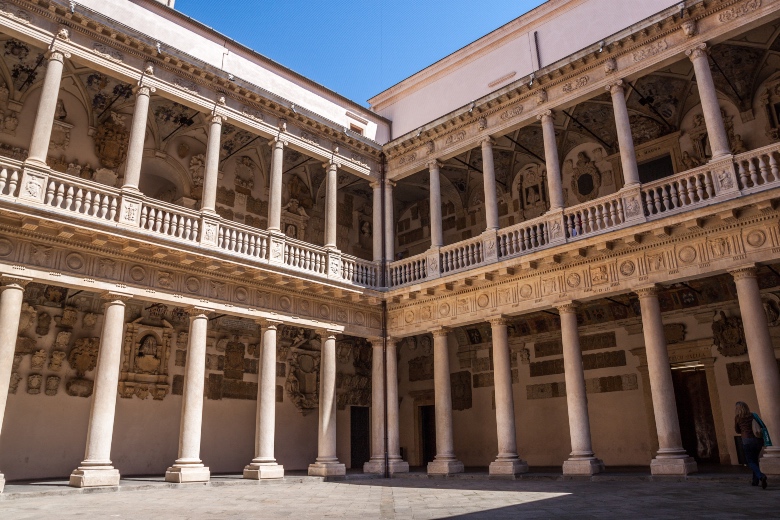
Located close to the Jewish ghetto, Palazzo Bo is the historic seat of the University of Padua. Its origins date to the 13th century, making it the second-oldest University in Italy and the fifth oldest University in the world. The university contains beautiful frescoes and is where Galileo lectured in the Aula Magna (Great Hall). Galileo spent 18 years of his life living and teaching in Padua. The university’s most unusual feature, (also the world’s first) is the oval anatomical theatre, where students learned anatomy by witnessing dissections. There have been many important medical and scientific discoveries made at Palazzo Bo, so make sure to stop here!
Note: As it is a university, you are able to visit the outside courtyards for free but to go inside you will have to book a guided tour.
Museum of the History of Medicine
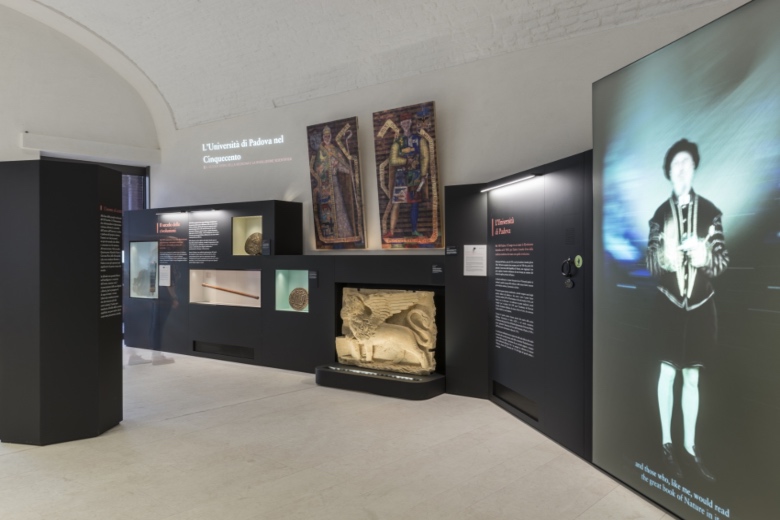
The Museum of the History of Medicine (MUSME) opened in 2015. As Padua has one of the most known Medical Universities in the world, this museum should be relatively at the top of your list. Some collections in the museum include books, scientific and didactic instruments, equipment and even pieces of furniture. Learn about the extensive history of Padua’s hospital and medical school from ancient times until the present day. The museum is also fitting for children as it features many interactive displays.
The MUSME also has scientific games and medical simulations which are really fun, and will make you feel as though you are somewhat of a doctor!
Giardini dell’Arena
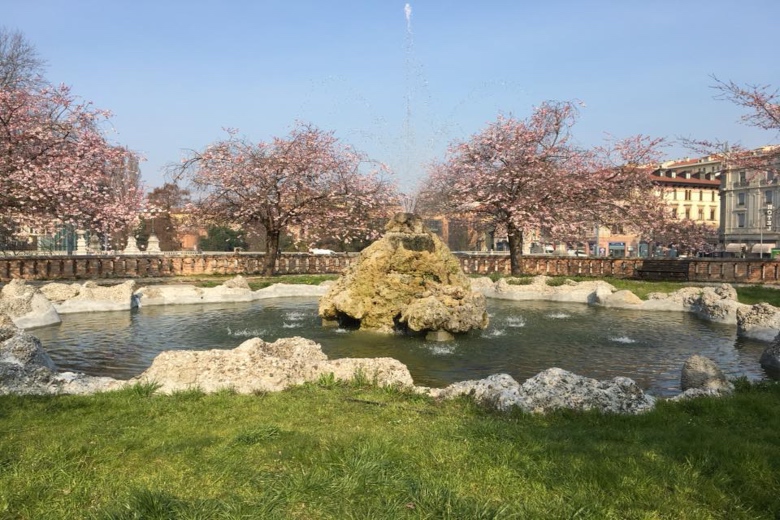
Giardini dell’Arena is located in the northern part of the old town of Padua. The public garden is pleasant and is a good spot to explore and relax. At the park, you will find some Roman ruins, as well as exquisite trees and plants. You will definitely be able to tell that the park is well-maintained. There is also an extensive footpath if you want to go for a long walk. If you do want to explore other things in the area, Cappella degli Scrovegni and the Musei Civici are both very close to Giardini dell’Arena.
Come to Giardini dell’Arena to take a break from sightseeing and appreciate the luscious trees.
Da Nane della Giulia
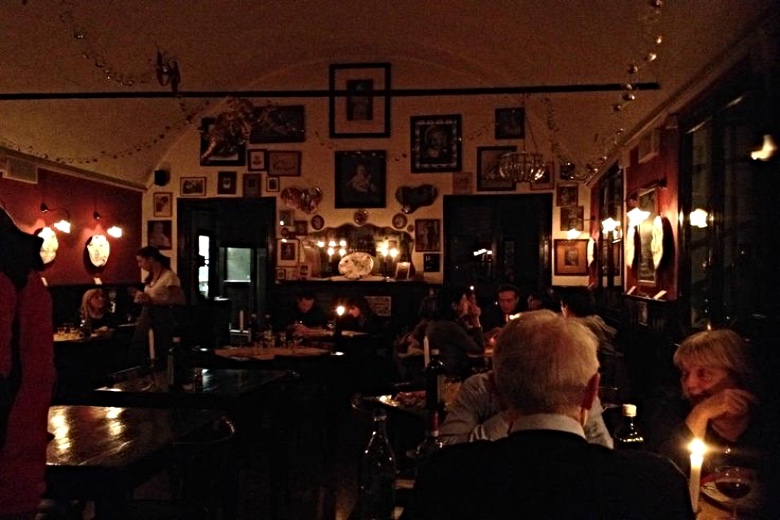
Da Nane della Giulia is Padua’s oldest tavern. The restaurant has dark wooden tables situated beneath vaulted ceilings. The food choice is amazing, there is a delectable array of authentic, Veneto cuisine to choose from. Try some local cheese, or even step it up and taste some chicken in red grappa with pancetta and polenta. Dive into perfect portions and amazing atmospheres at Da Nane della Giulia.
Everyone who goes here not only loves the food but also they highly rate the service too.
Day Trip to Euganean Hills
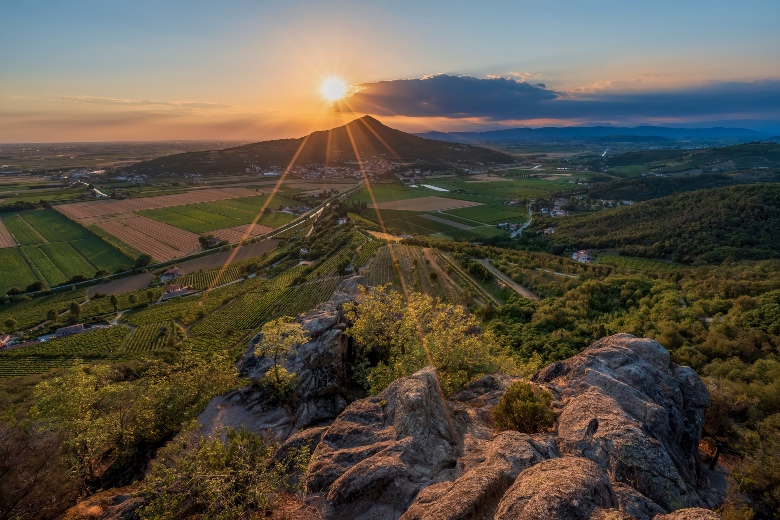
Euganean Hills lie south of Padua and are a group of hills of volcanic origin. They are the largest elevation on the Padana plain, with a peak of 601 meters. The Euganean Hills Regional Park covers a staggering area of 18,694 hectares of land. Visit the wineries, oil mills and farmhouses that make the products of the region including jams, delicious wines, and extra-virgin olive oil.
Sights not to be missed are the castle of Catajo at Battaglia Terme, the Cini castle at Monselice, Villa Vescovi a Luvigliano, and the gardens of Villa Barbarigo at Galzignano Terme. Take a day trip to the Euganean Hills and navigate through picturesque hill towns and fabulous Venetian villas. There are so many wonderful restaurants also to choose from so you will leave with your belly full!


